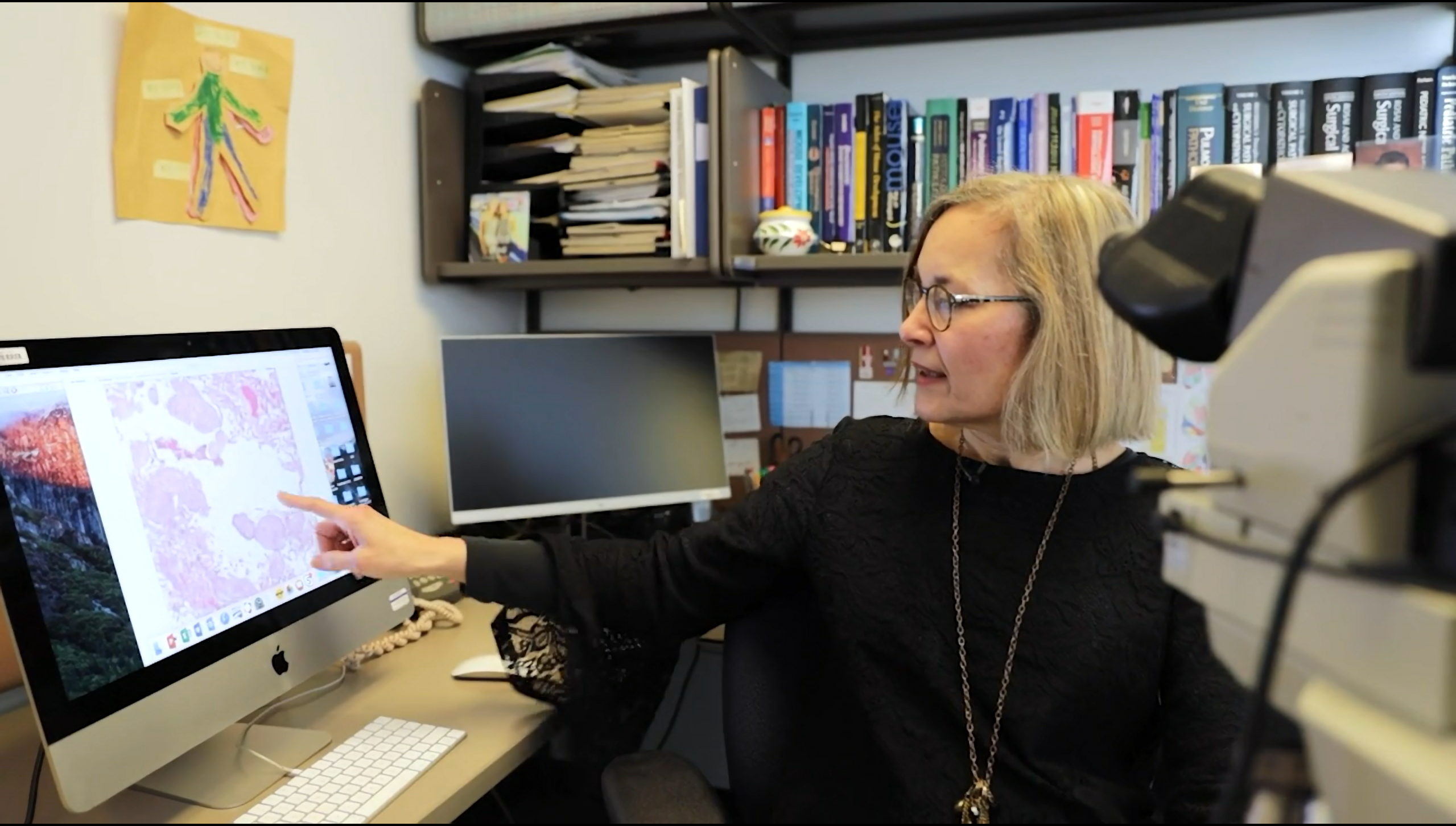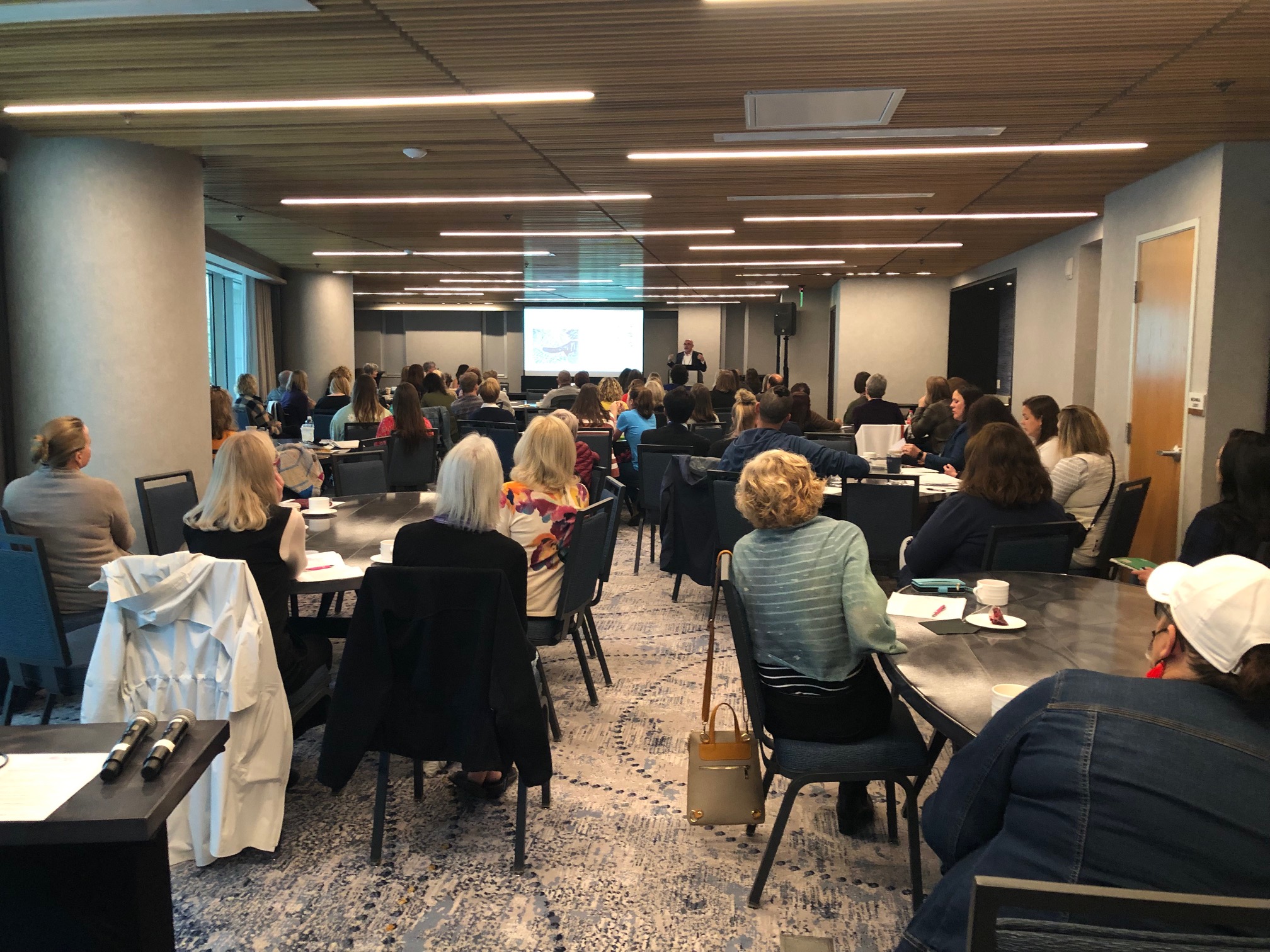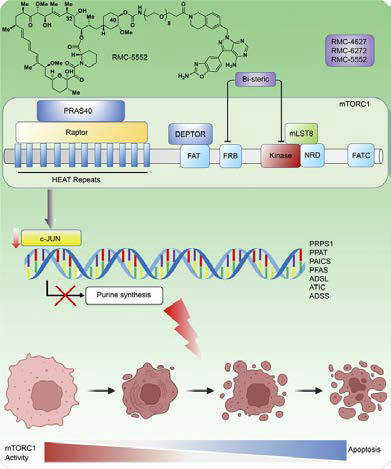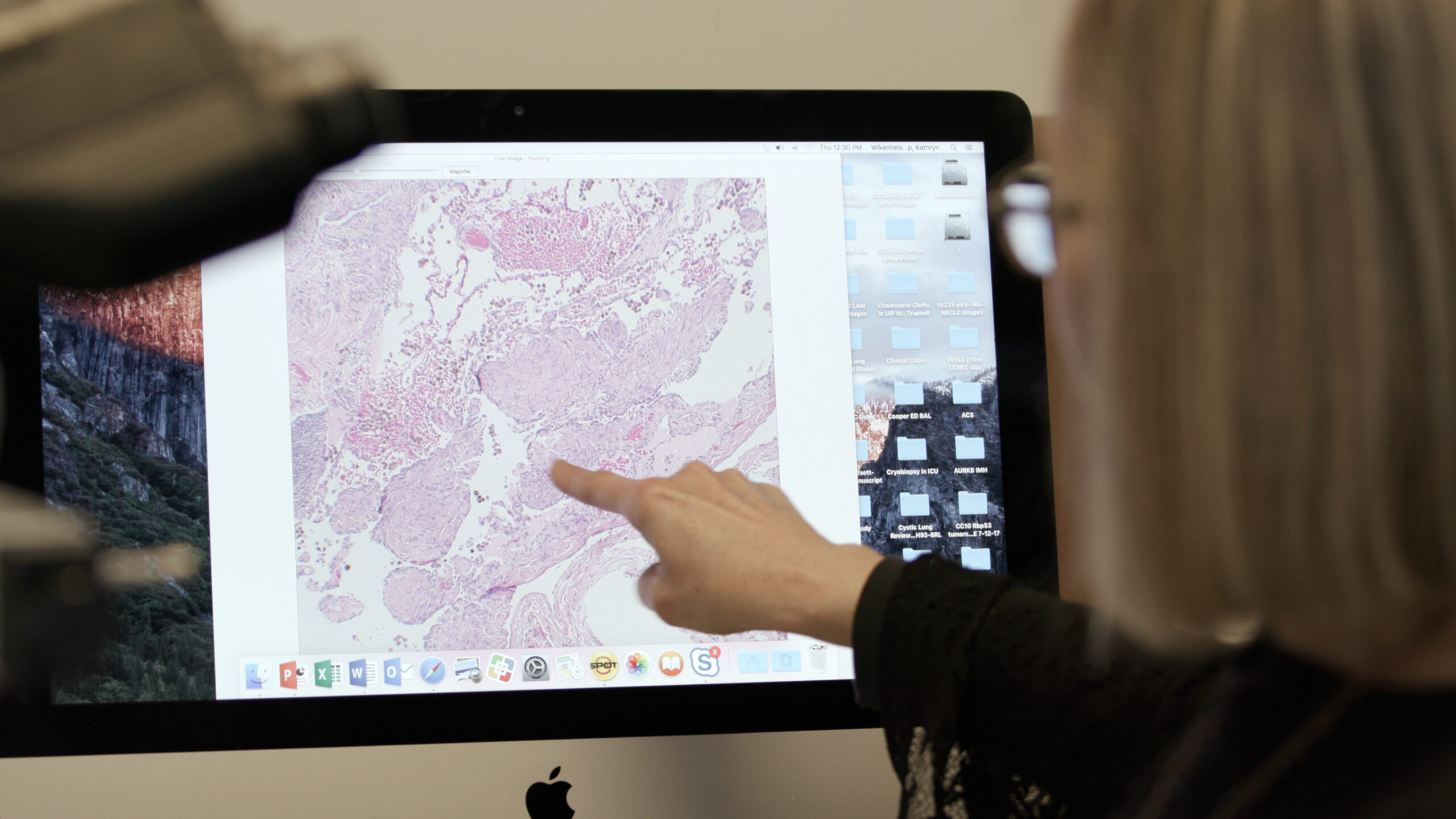The Latest in LAM Science: Q & A with Kathryn Wikenheiser-Brokamp, PhD
Dr. Wikenheiser-Brokamp of Cincinnati Children’s Hospital Medical Center was awarded an Established Investigator Award in 2022 for her project titled: Identifying Cell-Cell Signaling Driving Pulmonary
A Potential Biomarker and Therapeutic Target for LAM
One of the greatest challenges in caring for patients with lymphangioleiomyomatosis (LAM) is to find better ways to track disease progression, either off or on
Take Action on Oxygen Reform: Call Your Senators and Representatives.
PHONE CALLS TO CONGRESS NEEDED The LAM community has an opportunity to advocate for improved oxygen therapy through a simple phone call to their congressional
New study explores the relationship between mTOR activation and pulmonary hypertension
Lymphangioleiomyomatosis (LAM) is a complex lung disease characterized by cyst formation due to mutations in the TSC1/2 genes, leading to the overactivation of a molecular
Specialized Protein TFEB May be Key to Understanding LAM
Tuberous Sclerosis Complex (TSC) is a genetic disorder caused by mutations in the TSC1 or TSC2 gene, leading to the hyperactivation of the mechanistic target
Dr. Lyndsay Hoy Appointed Chief Mission Officer of The LAM Foundation
The Board of Directors is pleased and excited to announce the appointment of Dr. Lyndsay Hoy as the inaugural Chief Mission Officer (CMO) of The
LAM Patient Research Priorities Survey Now Open
Dear LAM Community Members, The LAM Foundation prioritizes supporting LAM scientific research, funding a wide range of projects and initiatives. To maximize impact for LAM
Study suggests LAM is more prevalent than previously thought
“Rare diseases are often disregarded given their rarity. Most are underdiagnosed. The minute you tell clinicians that this is actually four to five times more
A Conversation with Vera Krymskaya, PhD, MBA, Scientific Director
Dr. Vera Krymskaya has been appointed Scientific Director at The LAM Foundation after serving as interim since July 2023. She is the first female PhD
LAM Patient Research Priorities Survey Opens in March 2024
Dear LAM Community Members, The LAM Foundation prioritizes supporting LAM scientific research, funding a wide range of projects and initiatives. To maximize impact for LAM
The Latest in LAM Science: Bi-steric mTORC1 inhibitors induce apoptotic cell death in tumor models with hyperactivated mTORC1
The mTORC1 pathway is a signaling pathway in cells in the body that controls cell growth and survival. In many cancers and in LAM, this
The Latest in LAM Science: Lost in translation: a neglected mTOR target for lymphangioleiomyomatosis
LAM is caused by changes in some genes that control cell growth called the mTORC1 pathway. Cells use this pathway to make many copies of












